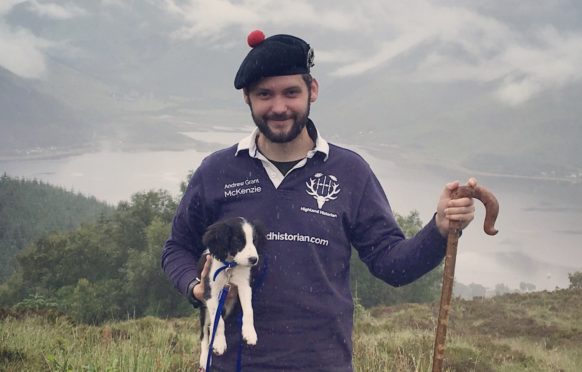Controversial plans to build a hydro scheme on the site of two historic Highland battles have been rejected.
The Simec Hydropower Inverlochy Ltd firm wanted to create the 1.1MW on land near Inverlochy Castle.
The site would discharge water from the Lochaber aluminium smelter via a concrete channel into the River Lochy .
But the project would have been constructed on the site of two recorded battlefields, known as Inverlochy I and II.
The nearby castle was built in the 13th century and in 1431 it played a central role in the first Battle of Inverlochy.
Donald Balloch avenged the imprisonment of his cousin Alexander MacDonald of the Isles by James 1 during the conflict.
With a force of around 800 MacDonalds, he virtually wiped out the 1,000 or so Royalists who were based in the area of Inverlochy Castle.
Highland historian Andrew Mackenzie, a former manager of NTS Culloden, said it was “vital” that such sites are protected from development.
He said: “Although the wider perimeter of the battle is unknown, the castle’s central position and the advance of Clan Donald from the area of the modern smelter is well recorded.”
The second battle of Inverlochy took place in 1645 and was one of the victories of James Graham, 1st Marquis of Montrose, and his 1,000-strong Royalist force against the Covenanters.
Mr Mackenzie said: “We know that Montrose’s soldiers spent several days marching in the area in mid-winter and were on the lower slopes of Ben Nevis, above the modern smelter, the night before the battle.”
Though he welcomed the decision, made by Highland Council planners using delegated powers, the historian believes there needs to be “more consistency in protecting battlefields”.
He added: “One of several examples is the decision at Culchuncaig, on Culloden Battlefield, which was the site of fighting and tactical manoeuvres which can be more accurately placed by historians than the majority of movements on battle sites; yet permission was granted by the council for development at that site.”
A Simec spokesman did not rule out re-submitting adjusted plans for Inverlochy.
He said: “We are studying the decision by Highland Council and will provide an update on the future of the scheme in due course.”










